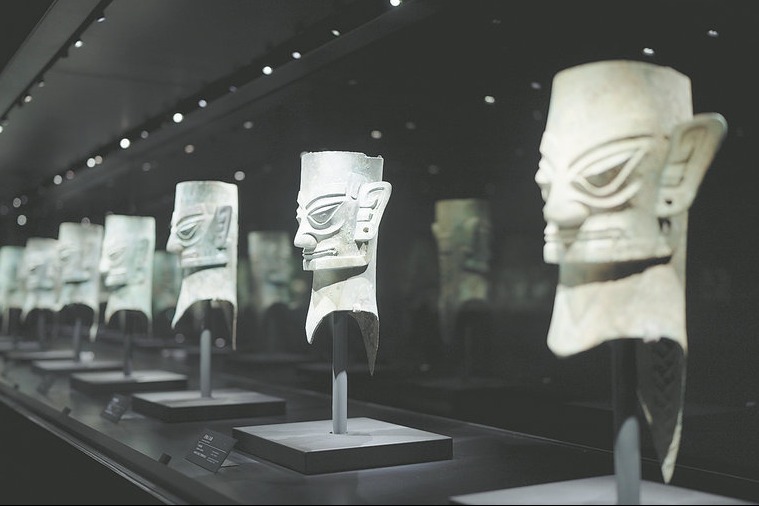Threading culture and skill into garments of beauty
CHINA DAILY | Updated: 2024-08-06 07:59

Acquisition was just the beginning. The museum also undertook the meticulous task of repairing and conserving garments for research. "Some pieces arrived in near-perfect condition, while others bore the marks of time, and required careful cleaning, sterilization, and treatment, before being stored," Tian explains.
Gao Dandan, an associate researcher at the museum, says that their research revealed a tapestry of influence and integration among ethnic groups. "Despite their diversity and different clothing styles, regional commonalities emerge due to similar geographical situations. For example, long robes were favored by some ethnic groups from the north, while those from the south preferred to wear two-piece suits, either pairing a blouse with trousers or a skirt," she says.
In this way, the Ethnic Costume Museum serves as a guardian of China's sartorial history, ensuring that the threads of tradition and the love woven into each garment endure for generations to come.
Gao emphasizes that the uniqueness of each ethnic group's attire lies in its intricacies.
Take, for instance, the clothing of the Oroqen people in Northeast China, which is made from animal hides or furs. Inhabiting the frigid climes of the Greater and Lesser Hinggan Mountains, the Oroqen have historically relied on the garments to survive.
























